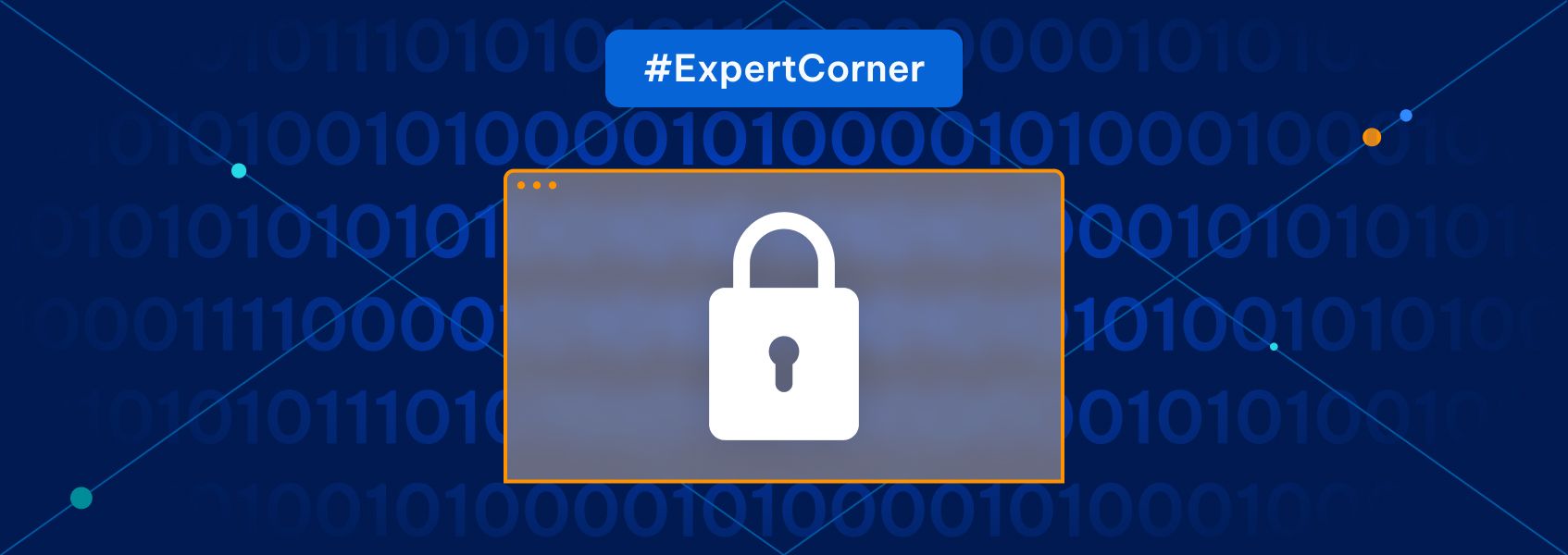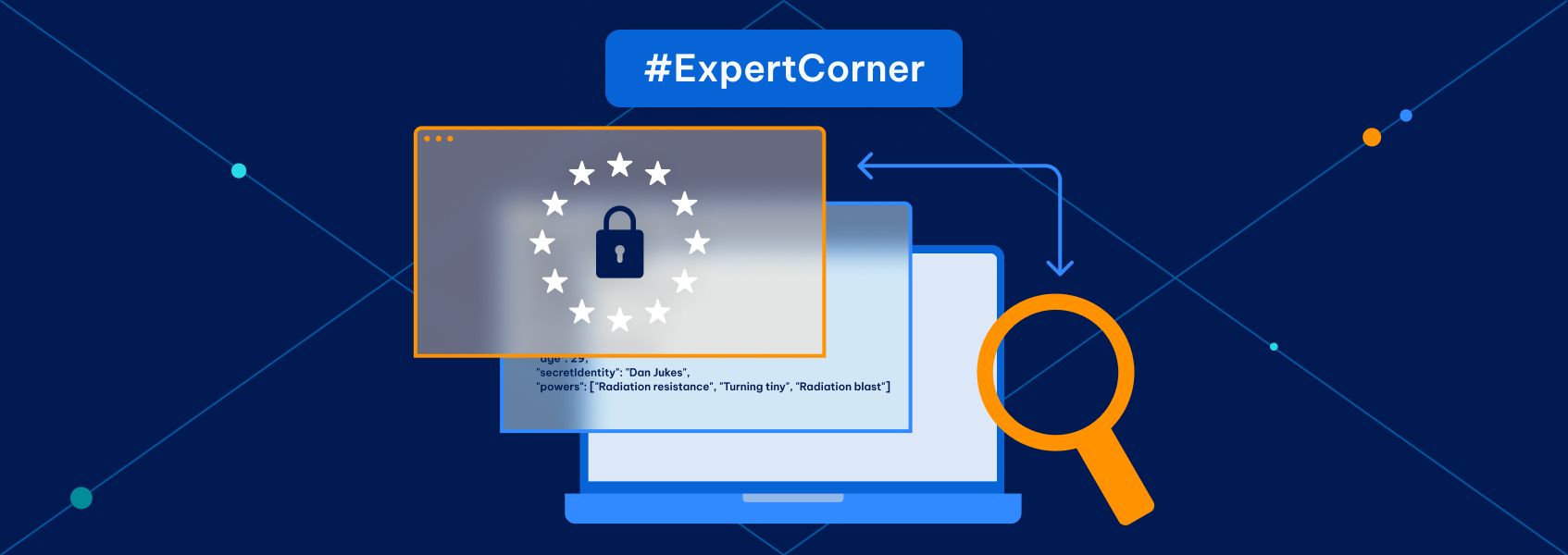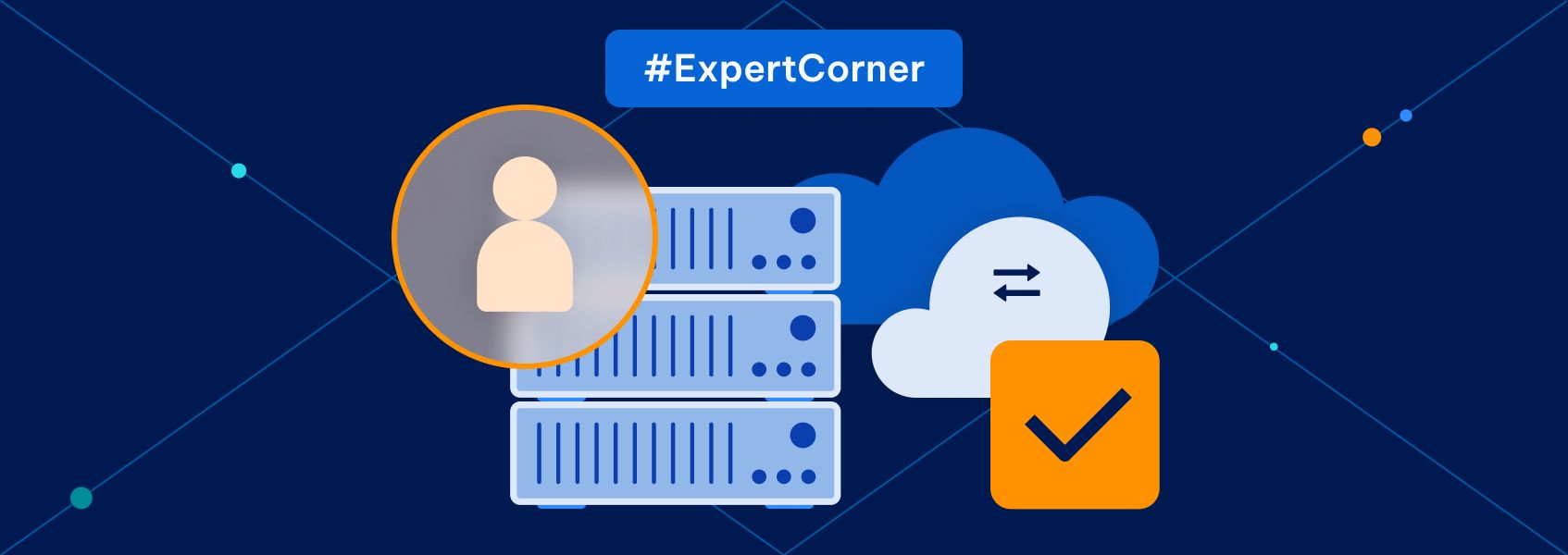What Is Data Lifecycle Management and Its Role in Improving Data Quality
Expert corner

Justas Palekas
As a business owner, you’re likely well aware that data is a major asset. It powers all your decision-making and drives your innovations forward. With this treasure trove of information, you can go a long way toward providing a better service to your valued customers.
All this is easy to say, but to truly harness the power that data holds, you have to learn how to manage it properly - throughout its entire lifecycle. This is where data lifecycle management (DLM) comes in.
Read on to learn what DLM is and why taking care of your data’s quality needs to be an essential part of your operations.
What Is Data Lifecycle Management?
DLM is a type of approach for managing your data - from its initial creation all the way to its final disposition. If you practice DLM, you’re expected to implement certain processes and policies and to make sure that your data is handled well throughout its lifecycle.
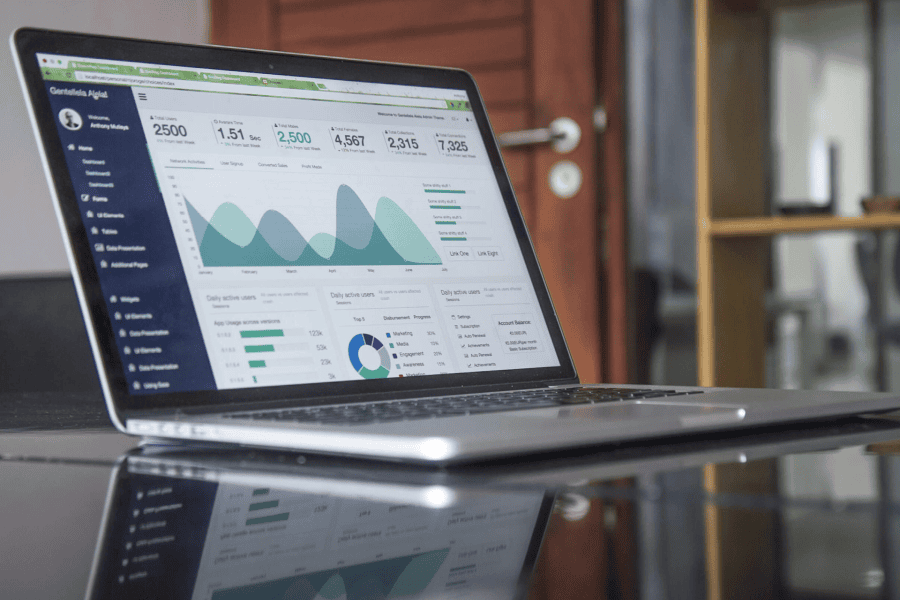
The main stages of the data lifecycle typically include:
1. Creation and Acquisition
This is the very first stage, where you start to generate data and acquire it from your different sources. You need to physically collect your data from either senses or your customers and then enter it into the software you use, like an Excel spreadsheet.
2. Storage
Once you have the data, you have to take the time to secure it - especially if it’s sensitive, like from your customers. You have to choose the right storage solutions for your business. It could be a database or cloud storage, or you could even pay for a more secure data warehouse.
3. Usage
In the usage stage, you’re accessing your data for either analysis or reporting. You can work to glean information that you can use to benefit your business.
4. Maintenance
Once you have your data available, you need to maintain where it’s stored. You can do this by performing updates and backups, keeping all information accurate and secure.
5. Archival
All the data that you no longer use should be kept for either your future needs or to comply with data rules and regulations. It’s not a simple process of deleting and forgetting.
6. Disposal
When you decide that you don’t need some of your data anymore, you should dispose of it securely by archiving it, so it’s not accessible in a data breach. COSO framework principles will help you to develop and maintain internal controls that work for your business.
Why Is Data Quality Important?
Data quality is basically a measure of its condition. You can judge this depending on its accuracy, completeness, reliability, and relevance. Keeping data that’s high quality is crucial because:
1. Make decisions that are informed
With accurate and reliable data, you can make better decisions moving forward. Basing all your decisions on poor-quality data may lead to some costly mistakes. Using AI tools for FP&A to help you with financial planning.

2. Keeps your operations running efficiently
Data of a higher quality guarantees that your business will run smoothly, and with fewer efficiencies. You can better manage all your resources to streamline the process.
3. Your customers are more satisfied in the long run
Reliable data helps you to better understand what your customers actually want. You can adapt your products and services based on the raw data.
4. Stay on top of regulatory compliance
Some industries have strict regulations when it comes to managing data. Keeping it to a good quality will help you prove that you’re actually complying so you can avoid any legal issues down the line.
5. Have a competitive advantage
The business world is more competitive than ever. Making decisions based on facts can help you stay on top and beat out your closest competitors.
What Is the Role of Data Lifecycle Management in Data Quality?
Data lifecycle management plays a crucial role in maintaining and improving data quality throughout its lifecycle. Here’s how:
1. Handle All Data Consistently
DLM gives you a blueprint for a consistent process and standard for handling all your data in every part of your business. Doing all this will help to reduce the risk of errors and inconsistencies that could compromise your data quality.
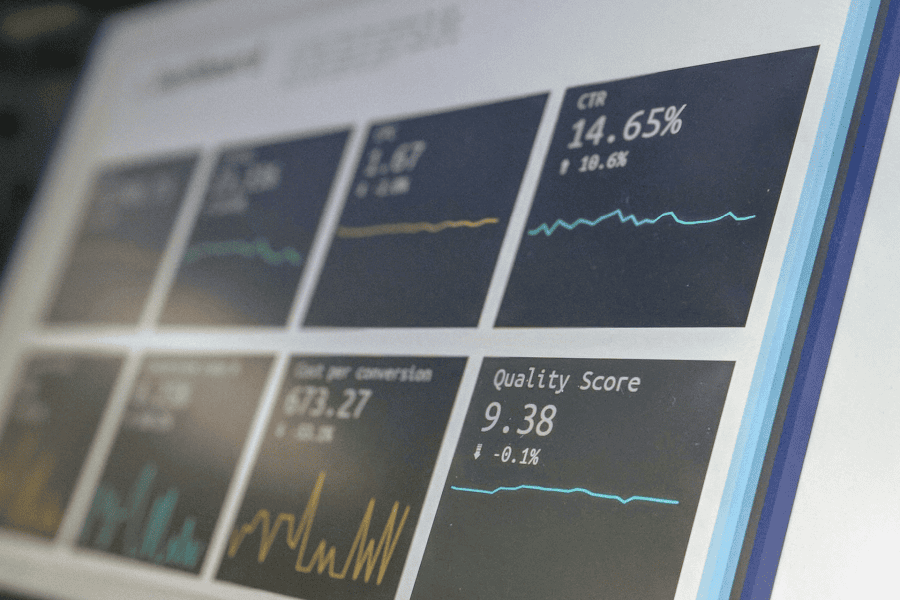
2. Data Validation and Cleaning
During the process of creating and acquiring your valuable data, DLM provides both validating and cleaning processes so only the highest quality of your data enters your system. This includes everything from removing duplicates all the way to standardizing your data formats.
3. Secure Storage
Secure storage is an integral part of DLM. It can help to protect data from any unauthorized access and corruption so you can keep people’s information safe.
4. Carry Out Regular Maintenance
Part of DLM also involves ongoing maintenance. You should carry out updates and backups to keep all your information both secure and up-to-date.
5. Properly Archive and Dispose of Data
Effective DLM includes policies for archiving data that is no longer in active use but still valuable. It also means that your old data is disposed of securely when you don’t need it anymore, and it serves you no purpose. All this reduces the overall risk of data breaches and ensures you stay compliant with data protection regulations.
6. Audit and Compliance
When you practice DLM, you need to carry out audits to make sure you stay compliant with both your internal and external regulations. Ask yourself the question, ‘ What is an internal audit ?’ Well, it’s a method of assessing yourself to maintain higher data quality standards and find areas where you can improve, whereas the external audit is an independent analysis.
How to Implement Data Lifecycle Management in Your Business
Here’s how you can implement DLM into your own business with these key steps:
1. Define Your Data Lifecycle
The first step in implementing DLM is to identify the stages of the data lifecycle that are relevant to your organization. This involves understanding how data flows through your business from creation to disposal. Each business may have unique stages based on its specific processes and industry requirements.
- Map out data sources
Identify all sources of data, including internal systems, customer interactions, third-party providers, and sensors or devices.
- Document processes
Define the processes for data collection , storage, usage, maintenance, archival, and disposal. Clearly outline how data is handled at each stage.
- Align with business goals
Ensure that the data lifecycle aligns with your business goals. For example, if your goal is to improve customer satisfaction, focus on how data can be used to understand and meet customer needs better.
- Consider regulatory requirements
Incorporate regulatory requirements relevant to your industry. Ensure that data handling processes comply with laws and regulations, such as GDPR, HIPAA, or industry-specific standards.
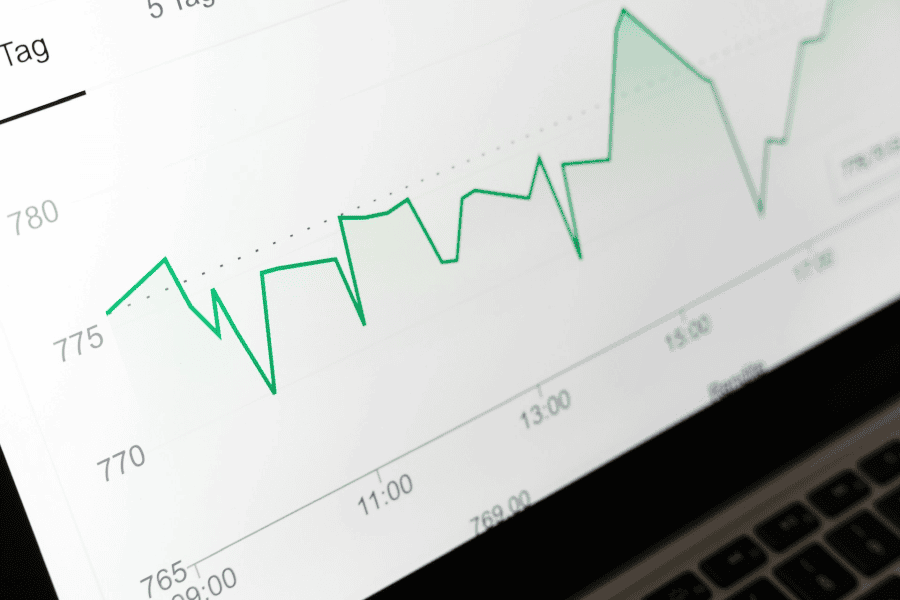
2. Set Data Quality Standards
Establishing clear data quality standards is essential for maintaining high-quality data. Define what constitutes high-quality data and set metrics to measure it.
- Define quality metrics
Common data quality metrics include accuracy, completeness, consistency, and timeliness. Define these metrics in the context of your business needs. For example, accuracy might mean error-free customer contact information, while timeliness could refer to real-time data updates.
- Create quality benchmarks
Set benchmarks for each metric on data quality . For instance, the aim should be 99% accuracy in customer records or 95% completeness in sales data.
- Implement validation rules
Establish rules for data entry and validation to ensure that data meets quality standards from the point of entry. This could include mandatory fields, format checks, and validation against existing data sets.
- Monitor and report
Regularly monitor data quality and generate reports to track performance against benchmarks. Use these reports to identify areas for improvement and take corrective actions.
3. Develop Data Management Policies
Comprehensive data management policies provide a framework for consistent and secure data handling. These policies should cover all aspects of the data lifecycle.
- Data handling
Define how data should be handled at each stage of its lifecycle. This includes procedures for data entry, validation, processing, and sharing.
- Data storage
Establish guidelines for data storage, including the choice of storage solutions, data retention periods, and security measures.
- Data security
Develop data security practices to protect data from unauthorized access, breaches, and loss. This includes encryption, access controls, and regular security audits.
- Data archival and disposal
Create policies for archiving data that is no longer in active use and for securely disposing of data that is no longer needed. Ensure that these policies comply with regulatory requirements.
- Policy documentation
Document all policies clearly and ensure they are easily accessible to relevant stakeholders. Regularly review and update policies to reflect changes in business needs and regulatory requirements.
Final Thoughts
Data lifecycle management is essential for businesses looking to maximize the value of their data while maintaining high standards of data quality.
Effective DLM practices ensure that your data is accurate, reliable, and secure throughout its lifecycle. This not only supports informed decision-making and operational efficiency but also helps achieve regulatory compliance and gain a competitive advantage. Remember, in the digital age, data is one of your most valuable assets—manage it wisely!
